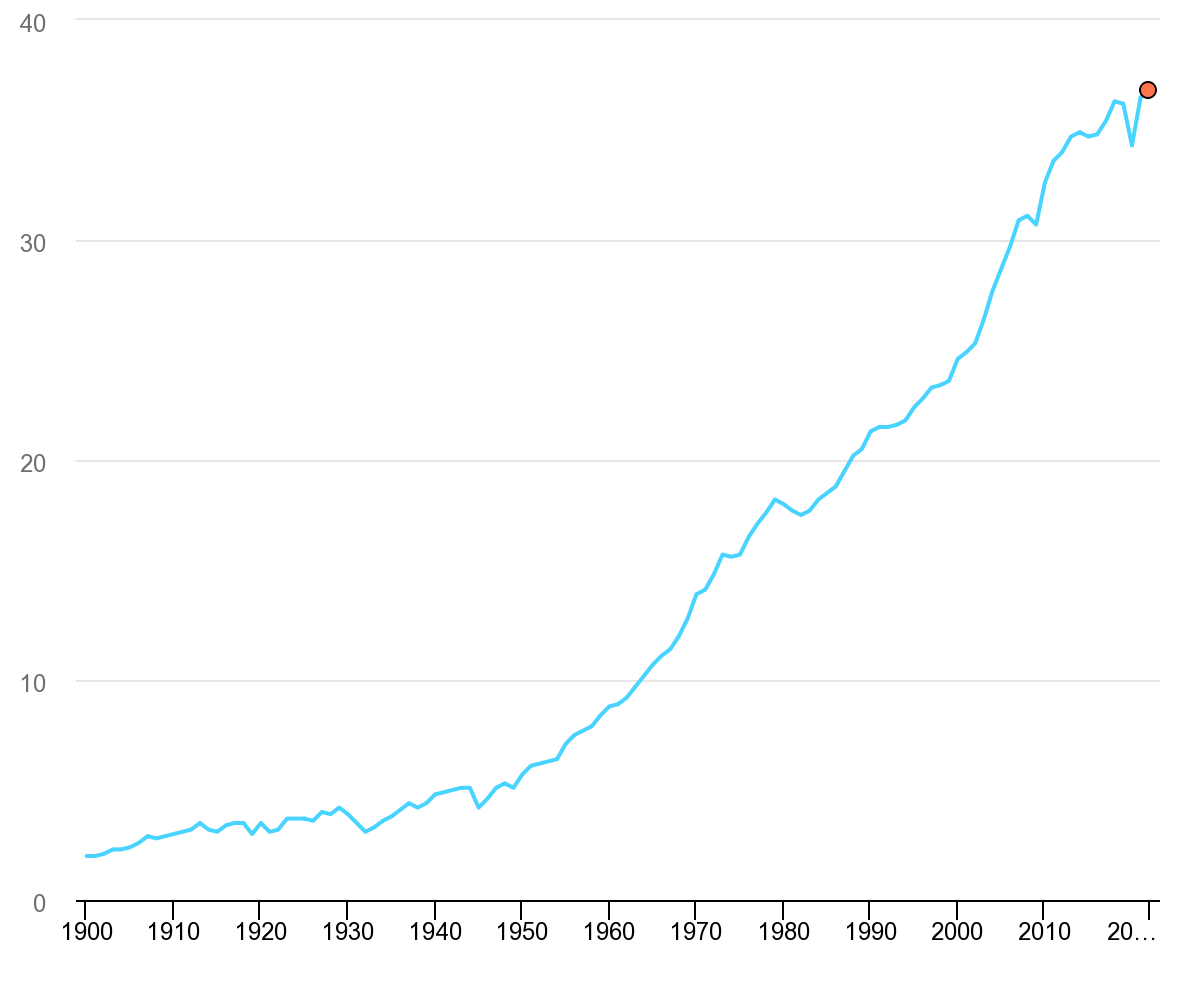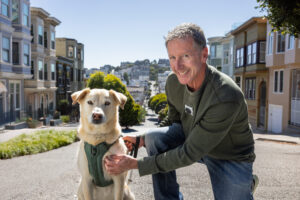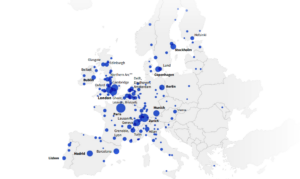Climate Lockdown: Solution or a conspiracy

Being able to avert the climate crisis seems unlikely at the moment. According to calculations by researchers, the world is heading for 2.7 degrees Celsius of global warming by 2100 and not for the targeted 1.5 degrees that the countries actually agreed on at the Paris climate conference in 2015. The effect: The term “climate mitigation”, i.e. measures to mitigate the effects of climate change, is being used more and more often, but rather “adaptation” – i.e. adapting to current and future climate effects.
While people are still voluntarily sticking themselves in the streets to protest and the social debate is raging about the question of “tempo 100”, much tougher measures are already being discussed in other circles. Because there is talk about climate lockdowns. This involves strict government bans in order to be able to reduce CO2 emissions in the short term. There is talk, for example, of restricting private car traffic, banning the consumption of red meat, intensive energy-saving measures, or ending drilling for fossil fuels. From today’s perspective, that still seems unimaginable but what awaits in the future?
COVID-19 lockdowns show CO2 reduction
The idea of climate lockdowns, of course, came from the COVID-19 pandemic (Thanks, Coronavirus!). In 2020, worldwide lockdowns measured that CO2 emissions fell for the first time since the oil crisis of the 1970s. Sure: Due to the exit restrictions all over the planet, emissions from traffic in particular have fallen sharply – but only to grow to a new record high in 2022. Due to the further increase in the use of oil and coal as energy sources, CO2 emissions rose again in 2022, despite the decline in gas (Ukraine war) and the expansion of sun and wind.
However, the kink in the CO2 emissions curve in 2020 shows what is possible. In the first year of the corona pandemic, CO2 emissions fell by 6.4 percent or 2.3 billion tons compared to 2019. However, due to the restart in 2021 with catch-up effects, emissions then rose to a new record high.

The idea of climate lockdowns is also used as a bogeyman. The World Business Council for Sustainable Development (WBCSD; World Business Council for Sustainable Development) itself has even addressed it as a possible consequence of not taking enough measures to combat global warming. “Under a “climate lockdown,” governments would limit private-vehicle use, ban consumption of red meat, and impose extreme energy-saving measures, while fossil-fuel companies would have to stop drilling. To avoid such a scenario, we must overhaul our economic structures and do capitalism differently,” says an article authored by Mariana Mazzucato, a professor at University College London.
The following case shows that the idea of climate lockdowns is very controversial. At the end of 2022, the hoax circulated online that Oxford County Council wanted to divide the city of Oxford into six “15-minute boroughs” from 2024 in the fight against global warming. People would be able to walk or cycle to basic necessities in fifteen minutes, but would no longer be allowed to use cars. Worst of all: They are only allowed to leave their zones for 100 days in order to reduce their mobility and the associated emissions.
Climate: EU Commission wants to end combustion engines by 2035
Traffic filter in Oxford
According to the Oxford County Council, however, the fact is that so-called traffic filters are being set up – electronic systems that measure which cars drive on six specific roads more than 100 days a year. “Oxford residents (and residents of some surrounding villages) will be able to apply for a permit to drive through the filters on up to 100 days a year. Residents living in the rest of Oxfordshire will be able to apply for a permit to drive through the filter on up to 25 days a year.”
The filters should ensure that in the future you have to take a different route at certain times of the day if you want to drive by car. “The reason we have proposed these changes is because – as everyone who lives and visits Oxford knows – the city has had awful congestion for decades. This is damaging both our economy and our environment, and is making the bus network unviable.”
Despite climate goals, Europe’s 25 largest banks continue to invest billions in oil and gas





























